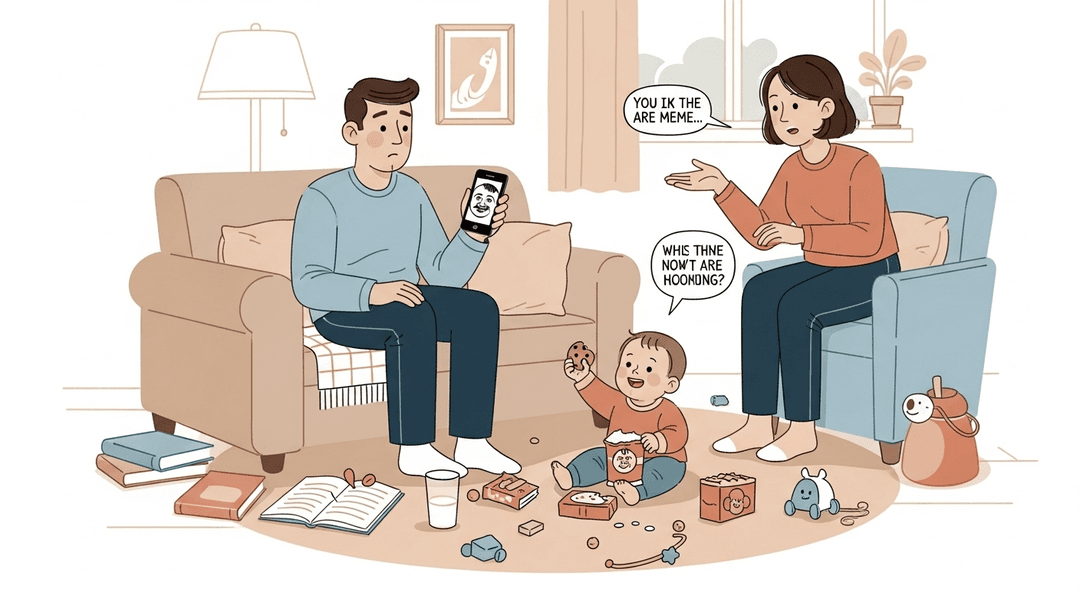Discuss Different Communication Styles
Ever tried to have a 'serious talk' with a partner who only speaks in memes, while your toddler negotiates snack treaties in shrieks? Welcome to the United Nations of Parenting, where everyone’s got a dialect and nobody’s using subtitles. If you’ve ever wondered whether you’re actually making sense or just starring in your own sitcom, this one’s for you.
Adapting to different communication styles means fewer meltdowns (yours and theirs), more connection, and less time spent wondering if you’re actually invisible. For kids, it builds emotional intelligence and trust. For adults, it’s like giving your brain a gentle stretch—hello, empathy and patience upgrades!
How to do it
First, observe how everyone in your house prefers to share information—whether it’s through words, gestures, or even interpretive sock puppets. Try to mirror their communication style a little, even if it means using more emojis or hand puppets than you ever expected.
Check in by asking questions like, “Did that make sense?” or “Should I try that again but with less jazz hands?” This helps ensure your message is clear and invites feedback.
Give yourself bonus points for keeping your reactions positive—especially for not rolling your eyes (at least, not out loud).
Key tips:
- Notice and adapt to each person’s preferred communication style.
- Don’t be afraid to use humor or creativity (like emojis or sock puppets).
- Ask clarifying questions to make sure your message is understood.
- Stay patient and keep your responses encouraging.
